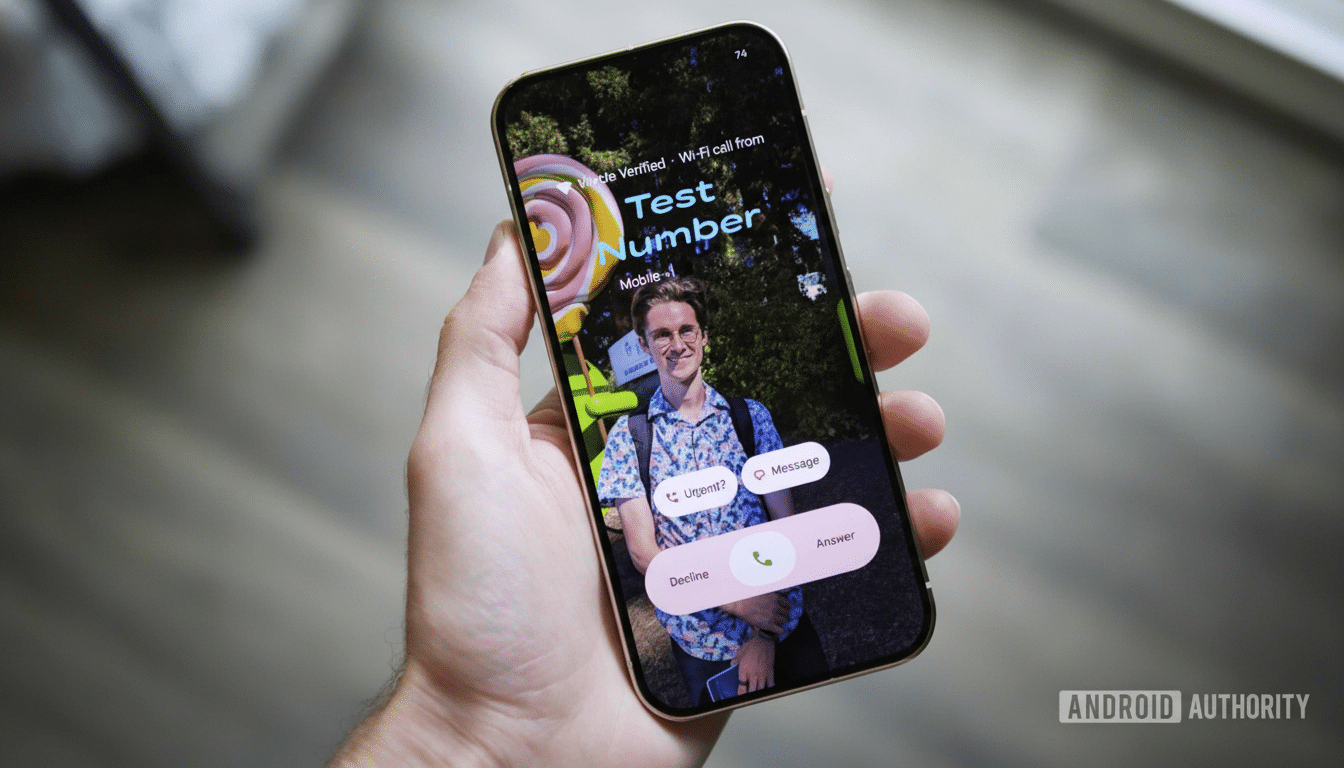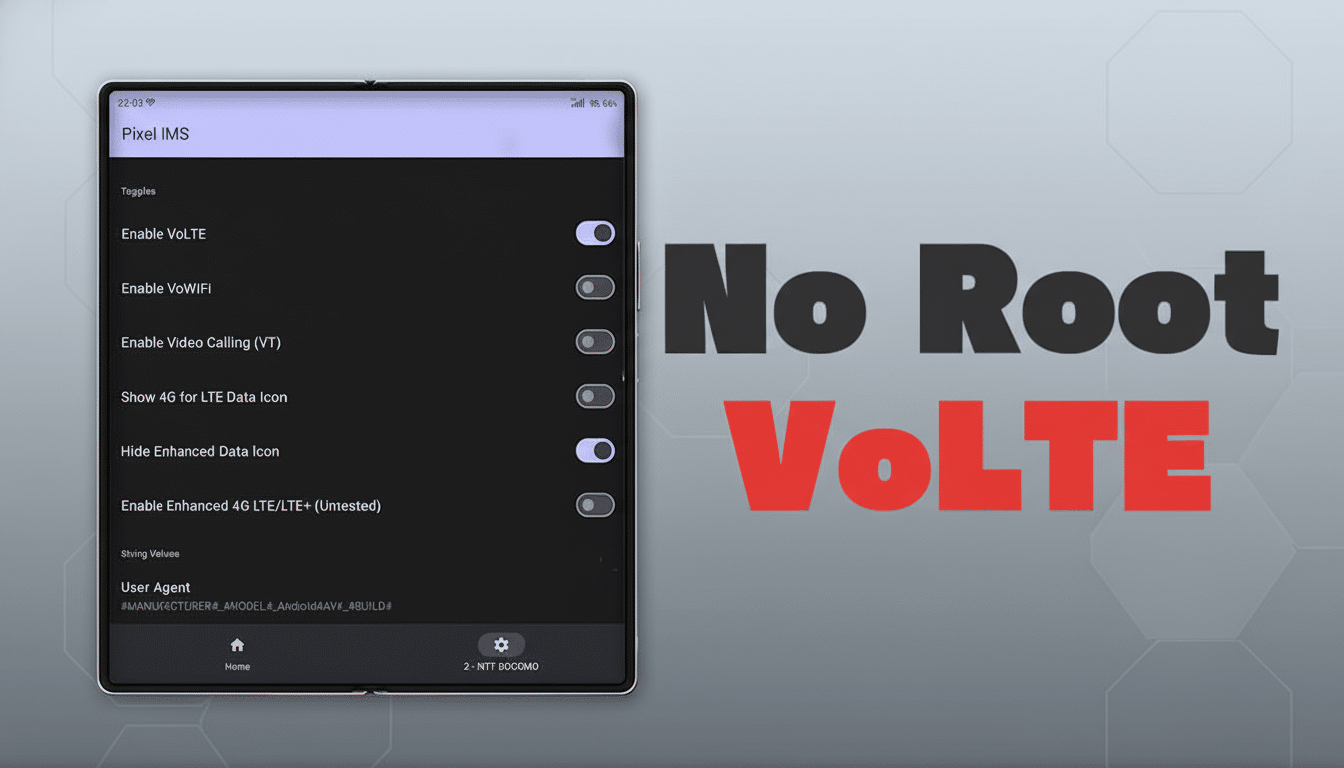Google has quietly patched an exploit that power users have required in recent years to unlock voice calling using the Google Dialer app for any given smartphone. The modification disables the popular Pixel IMS service approach, which worked around unsupported carriers to force advanced calling, and Google characterized the underlying flaw as a high-severity security bug. There is a community workaround for VoLTE only; however, Wi‑Fi calling generally now requires root or official carrier support.
How the Pixel IMS Loophole Worked to Bypass Carriers
Pixel IMS made a living by tricking Android into disregarding a carrier’s “allowed devices” list for IMS services. In AOSP, Android’s telephony stack is configured to allow VoLTE and VoWiFi when a carrier configuration provided by the vendor says that this device is certified. Pixel IMS dodged that by writing overrides to carrier config store, effectively tricking the system into thinking we were approved.
- How the Pixel IMS Loophole Worked to Bypass Carriers
- The Patch and Its Security Premise for Blocking IMS Tweaks
- Why This Matters for Imported Pixels and Traveling Users
- What Works and What Doesn’t After Google’s Latest Patch
- The Bigger Picture for Pixels and Carriers
- What Pixel Owners Should Do Today to Restore Calling

The loophole was the “shell” user, a privileged environment for ADB and internal testing. With a helping hand from Shizuku, an open source utility that allows apps to execute commands as the shell user but without full root (the Pixel IMS app, too, could also call restricted methods and toggle IMS switches other apps can’t reach). In a way, it held just enough power to ram VoLTE down the throats of networks which by no means want to allow it.
The Patch and Its Security Premise for Blocking IMS Tweaks
After Google pushed its most recent software update to the Pixel phones, suddenly people are saying attempts to toggle IMS through the old path will crash with an error that says, “overrideConfig cannot be invoked by shell.” Behind the scenes, Google has classified it as a privilege escalation vulnerability, CVE-2025-48617, and is taking action to limit shell-level calls that can change carrier policies.
The clampdown isn’t surprising from a security and compliance standpoint. IMS capabilities are quite heavily regulated for what they imply in emergency calling, lawful intercept, roaming, and QoS guarantees. The carriers certify which device profiles support these features, and most will only ‘enable’ VoLTE or VoWiFi on hardware they sell (or at least have validated). The 3GPP’s IMS standards make room for carrier-specific provisioning, and Google’s telephony framework simply enforces those choices to keep the networks steady and the regulators happy.
Why This Matters for Imported Pixels and Traveling Users
VoLTE is being required in several markets now. 2G and 3G are being phased out, and more voice calls are riding upon LTE or 5G with IMS. Perfect signal but no call placed: the absence of IMS. Without authorization for IMS, a handset can have everything and yet still fail to place calls. GSMA Intelligence tracks many broad VoLTE rollouts around the world — hundreds of operators across more than 100 markets now support the service, but whitelisting is still a standard part of it and imported phones are frequently excluded from those lists.
The end result is that a Pixel purchased in another country may cover all the necessary bands yet still not be able to use VoLTE or Wi‑Fi calling on a local carrier. Pixel IMS was a godsend to such users, especially travelers, expats, and fans living in countries where Google does not sell its lineup of phones officially. With the loophole vanishing, that lifeline is unraveling.
What Works and What Doesn’t After Google’s Latest Patch
Good guys in the community have already managed to come up with another workaround to get VoLTE working on unsupported networks. Initial reports (one, two) indicate that it’s harder to set up—documentation isn’t as widely translated, and distribution has been kept narrow via private channels—and it doesn’t bring VoWiFi back. And as ever with sideloaded tools, the security trade-offs are for users to consider carefully.

Options are dwindling when it comes to Wi‑Fi calling. If you’re the rooting kind, you can root your device and make some changes to IMS settings at a system level, or just wait for Google/carrier support. Rooting involves unlocking the bootloader, which compromises device attestation, adversely affects tap‑to‑pay with some banks, and could disable or degrade a number of competitive features powered by Gemini and other secure services. For some people that’s just too high a price to pay for Wi‑Fi calling.
The Bigger Picture for Pixels and Carriers
This episode highlights an ongoing challenge in Android’s IMS ecosystem: users seek universal interoperability and carriers demand strictly vetted profiles. And even on phones with the same modem, IMS can still differ based on regional firmware pack, carrier bundle, and emergency calling criteria. It’s also why two devices on the same network may have different experiences with Wi‑Fi calling or 5G voice.
There is a way forward. Google has been quietly growing official IMS support with many more operators, as carriers have all kinds of reasons to say yes when certified devices come knocking while legacy networks are being phased out. Industry groups such as GSMA and 3GPP already define best practices and conformance testing; wider use of common profiles could help to alleviate fragmentation without compromising security or safety.
What Pixel Owners Should Do Today to Restore Calling
If your imported Pixel has lost VoLTE or VoWiFi since the update, you should start by asking your operator if they can include your IMEI on a whitelist or push you an up-to-date configuration.
Some networks will support Pixels in the background when you ask, too. If not, you could try a partial VoLTE-only workaround at your own risk or just wait it out and keep an eye on the community and official channels for wider support.
The Pixel IMS hole was always bound to have its plug pulled; test hooks only stay open for so long. For now, the takeaway is this: IMS capabilities continue to be pushed deeper into the wall of carrier certification, and the best long-term remedy will likely be in getting more formal cooperation — not clever hacks.

